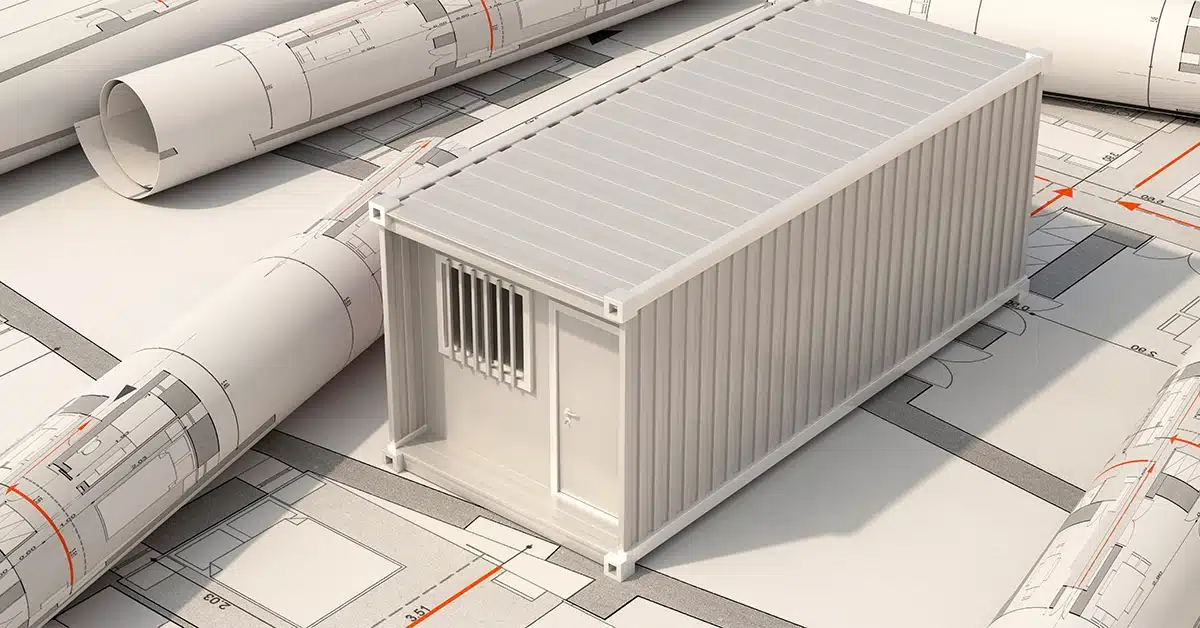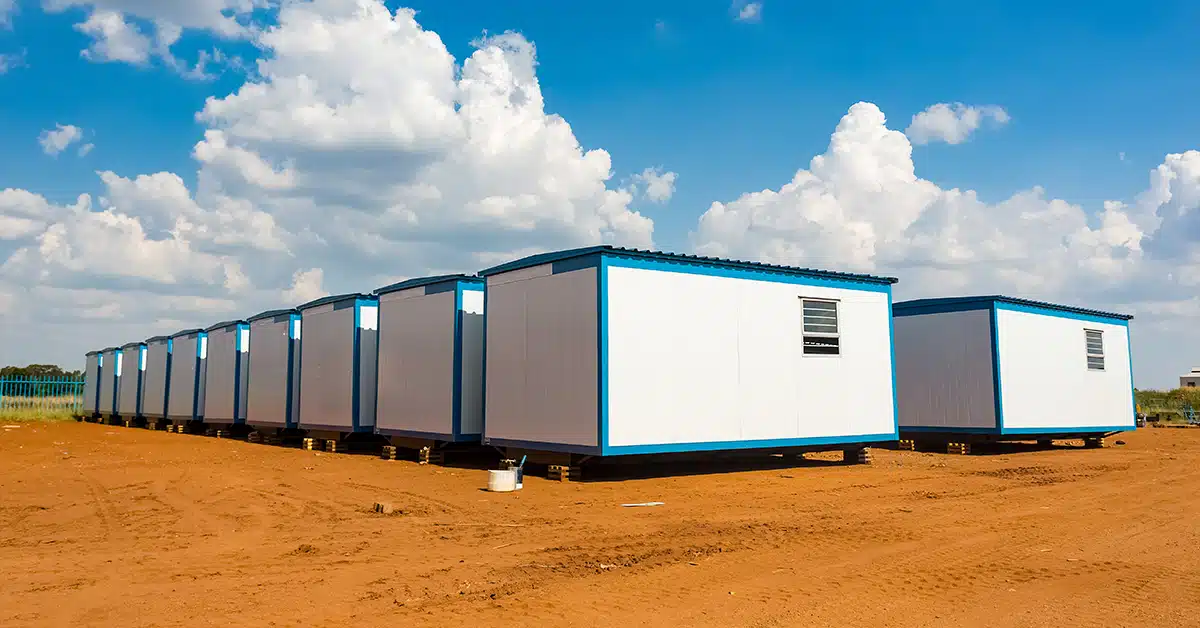What is Sound Attenuation?
Sound attenuation, sometimes referred to as acoustic attenuation, is a reduction of energy or loss of intensity concerning sound waves.
When discussing sound attenuation for public utilities, we refer to any system designed to dampen and suppress unwanted, excessive noises made by industrial/commercial equipment and or heavy machinery.
To know how sound attenuation works, where it should be used, and why it’s important, we should first learn how sound waves are propagated.
Having a clear idea of how sounds are produced will allow for a deeper grasp of the different options regarding sound attenuation and where they are most effective.
How Does Sound Work?
Sound is produced in the form of a wave.

These waves manifest as pressure variations across different media and are produced by the vibration of an object. This vibration excites molecules surrounding the object that is then transmitted through a media.
When human beings hear a sound, the eardrum is being subjected to these vibrations which are then interpreted by the brain as sound.
Sound can travel through solids, liquids, and gasses.
The speed at which sound travels is determined by what it is moving through. It’s important to remember that sound cannot travel through a vacuum as there are no particles for it to excite.
Why Do Public Utilities Need Sound Attenuation?
In the United States, there are strict laws and regulations concerning how much noise a public utility can produce.
Utilities often produce noise due to the nature of their work and the services they provide. Public utilities in the United States are responsible for the provision of heating, water, electricity, gas, and other services.
Industries such as these require heavy machinery and complex facilities to operate. If public utilities do not practice good sound attenuation, they can be responsible for unwanted noises that are not compliant with the applicable regulations.
These utilities must provide the people who work for them with an environment that is free from excessive noise.
The amount of workplace noise that is permissible is strictly regulated.
Again, it is the responsibility of the utility to ensure that its operations do not produce any noise that is beyond the scope of what is legally allowable.
Employees of public utilities that are repeatedly exposed to excessive noise levels will develop hearing loss over time. Aside from wanting to ensure that their workplace is safe, a public utility that is not compliant with the applicable noise regulations could be exposed to damages in the event of a workplace injury of this nature.
Utilities whose facilities produce unwanted or excessive noise face the same dilemma in the communities they operate in. Again, prolonged disturbances and injuries resulting from non-compliance can result in utilities being liable for damages, costs, and fines.
Public utilities must be cognizant of the noise the machinery they use, and the facilities they operate produce.
Only when the type, duration, intensity, and source of the unwanted sound are clearly understood can an effective sound attenuation strategy be designed and implemented.
Different Types of Sound Attenuation
Before deciding on the most appropriate sound attenuation to install, a public utility should understand 3 fundamental properties of unwanted noise: the source, path, and receiver.
-
- Source – This is what is producing the unwanted noise. It is most often measured in Decibels with a sound level meter or decibel meter. When measuring noise levels, it’s important to take an ambient reading to determine what the baseline measurement is.
-
- Path – This is the medium the soundwave responsible for the unwanted noise travels in. Sound propagates differently depending on the path. Understanding this is crucial for an effective sound attenuation strategy. Different media require differing sound attenuation.
-
- Receiver – In this instance, the receiver determines the levels of noise that are acceptable and what the maximum allowable decibel value is. These vary from state to state with utilities operating under the standards that apply to them.
Sound waves are reflected by hard surfaces. The best way to deal with them is through absorption. This is achieved by the placement of a porous material between the source and the hard surface responsible for the reflection of the noise-producing sound wave.
Sound absorption composites are scientifically designed to convert the energy of the sound wave into heat and then dissipate that energy quietly. The type and placement of sound absorption composites are determined by the source, path, and receiver.
Dealing with the noise produced by a small generator is vastly different from what would be required of a utility when attenuating noise from something like a commercial gas turbine.
Therefore, it’s crucial for public utilities to clearly understand the applicable regulations and to have a solid sound attenuation plan. Doing so will avoid angering their workers, disturbing their communities, and exposing themselves to unforeseen costs.
Costs of Sound Attenuation
The price of properly reducing and dampening unwanted noise to acceptable and legal levels will differ vastly, depending on the requirements.
Again, the 3 principles of source, path, and receiver will dictate how much a public utility should spend on sound attenuation.
What is important is to properly understand how much noise the machinery being used by the utility will create once installed and operating.
Proper planning and the accurate assessment of the noise levels will allow for a public utility to remain compliant and avoid the consequences associated with falling foul of the law.
Conclusion
Public utilities provide crucial services that are integral to the successful functioning of the communities that they serve.
The convenience and quality of the service a public utility is only part of what they need to do well to meet the mandates required of them.
Public utilities that prioritize sound attenuation ensure that their day-to-day operations don’t injure or upset their workers, or the people close to them with unwanted noise.
They must consider the type and nature of sound attenuation required as a priority independent of the size and scope of the project or work they are engaging in.
With this in mind, being attentive to sound attenuation must be a priority for a public utility.






